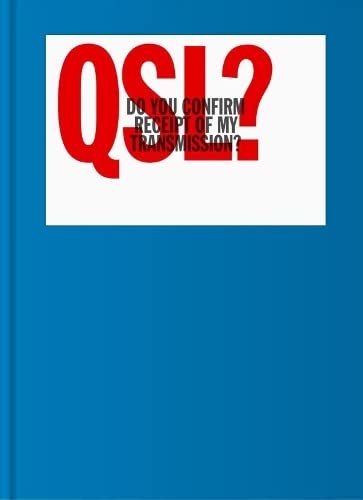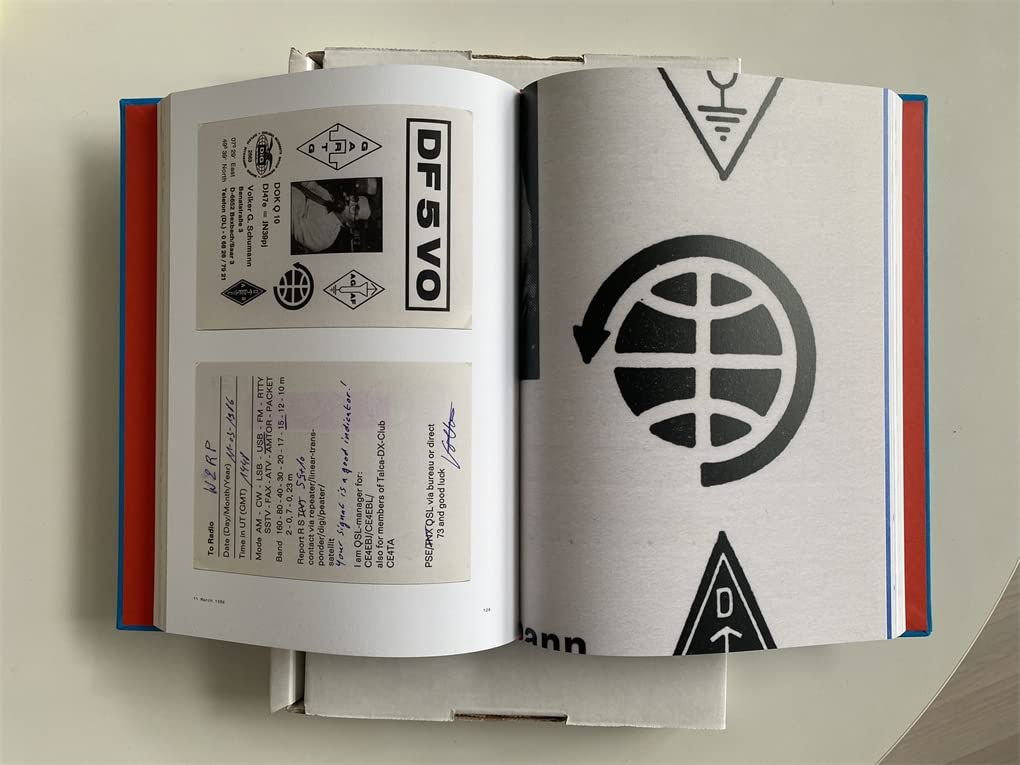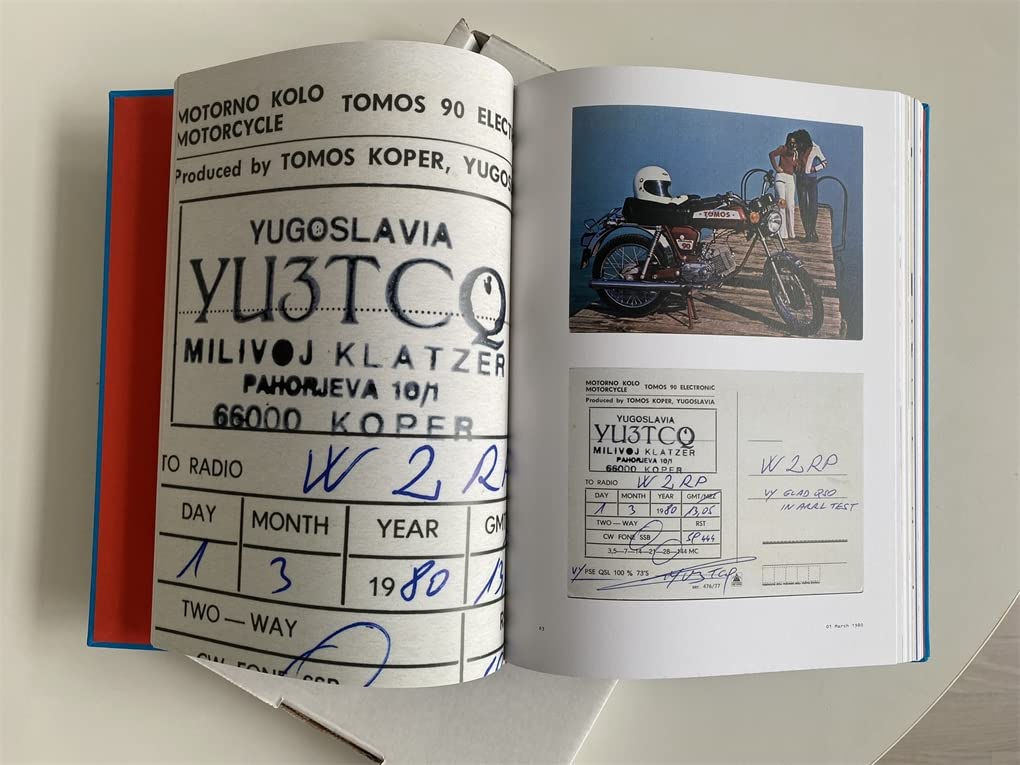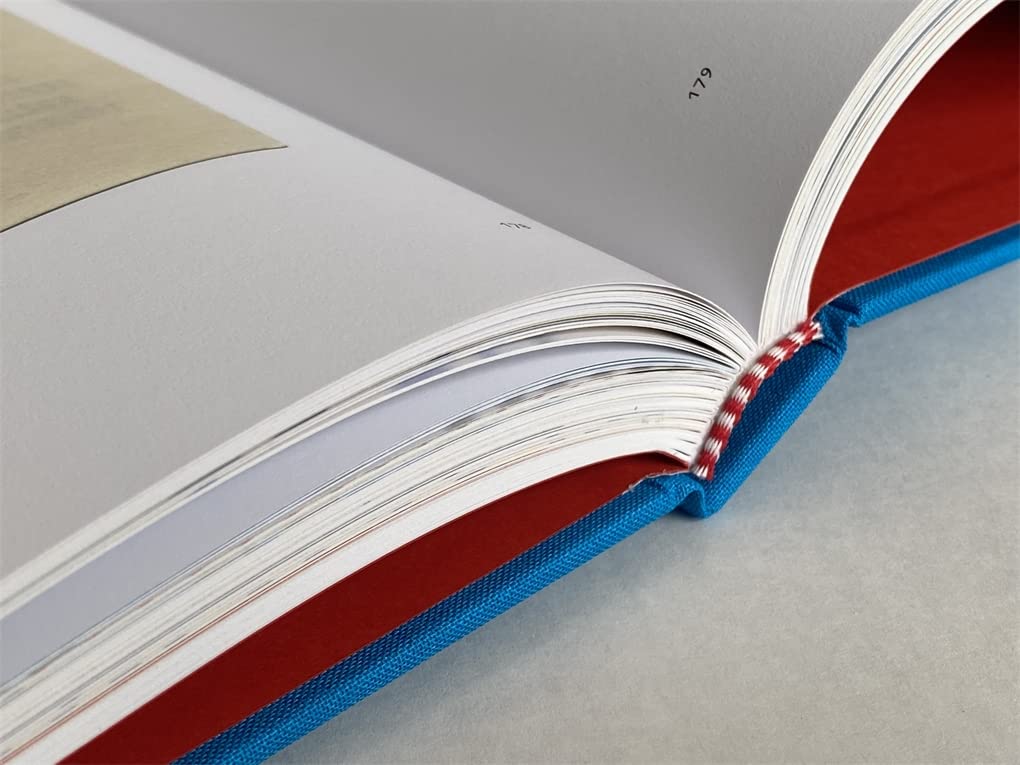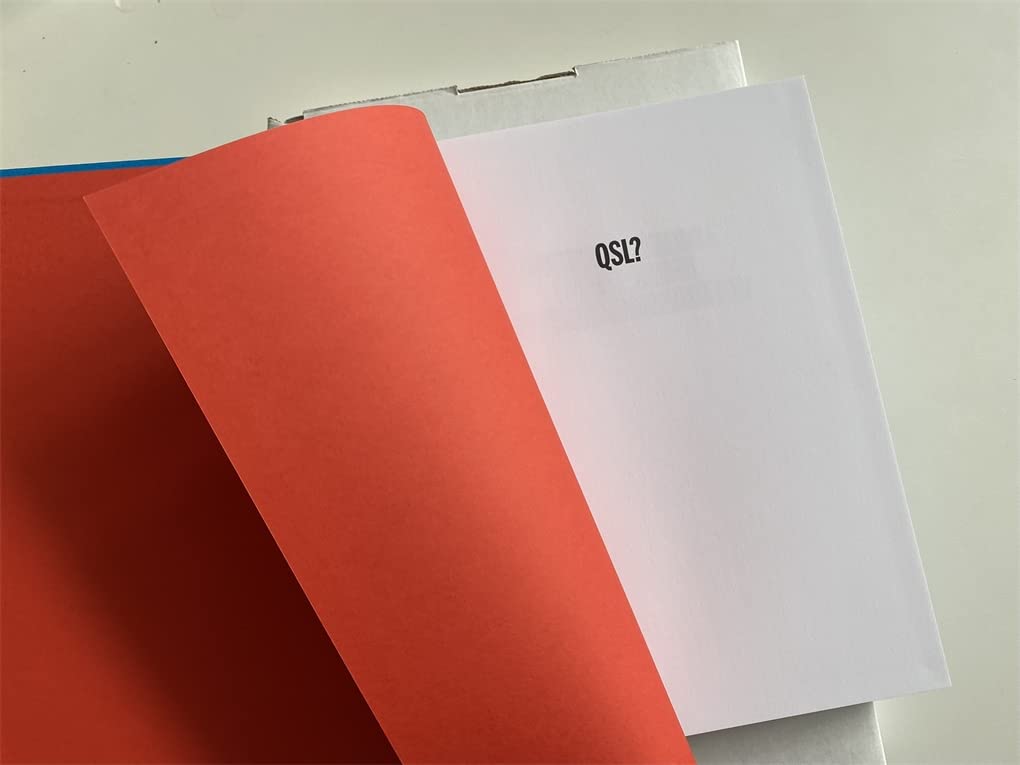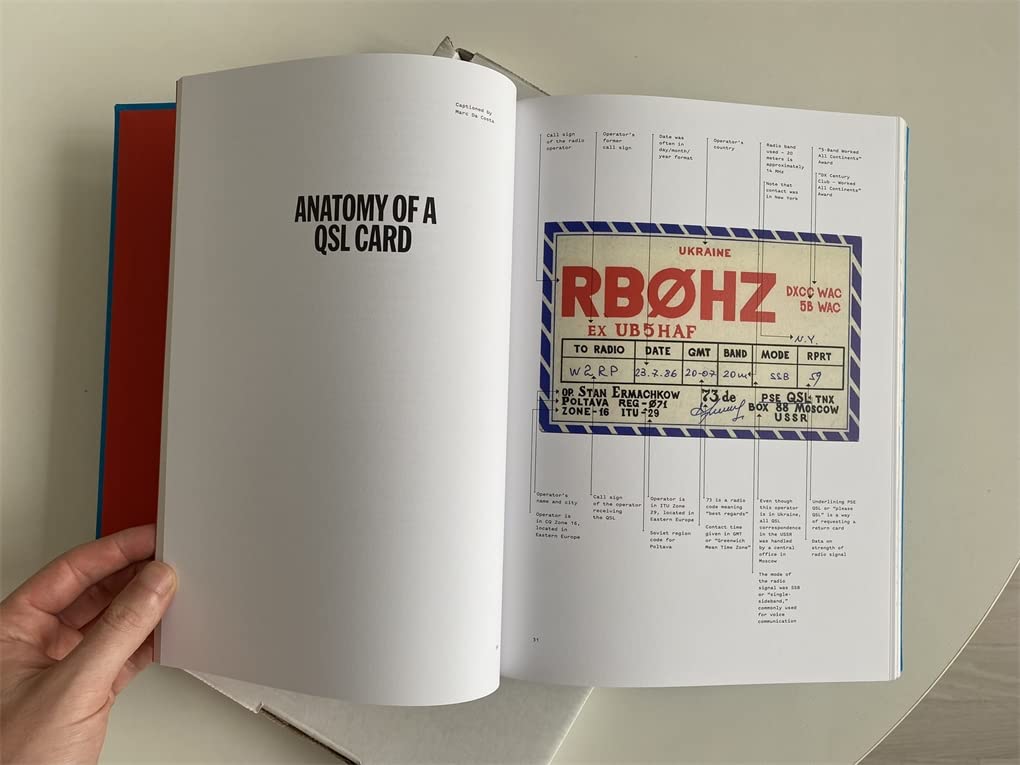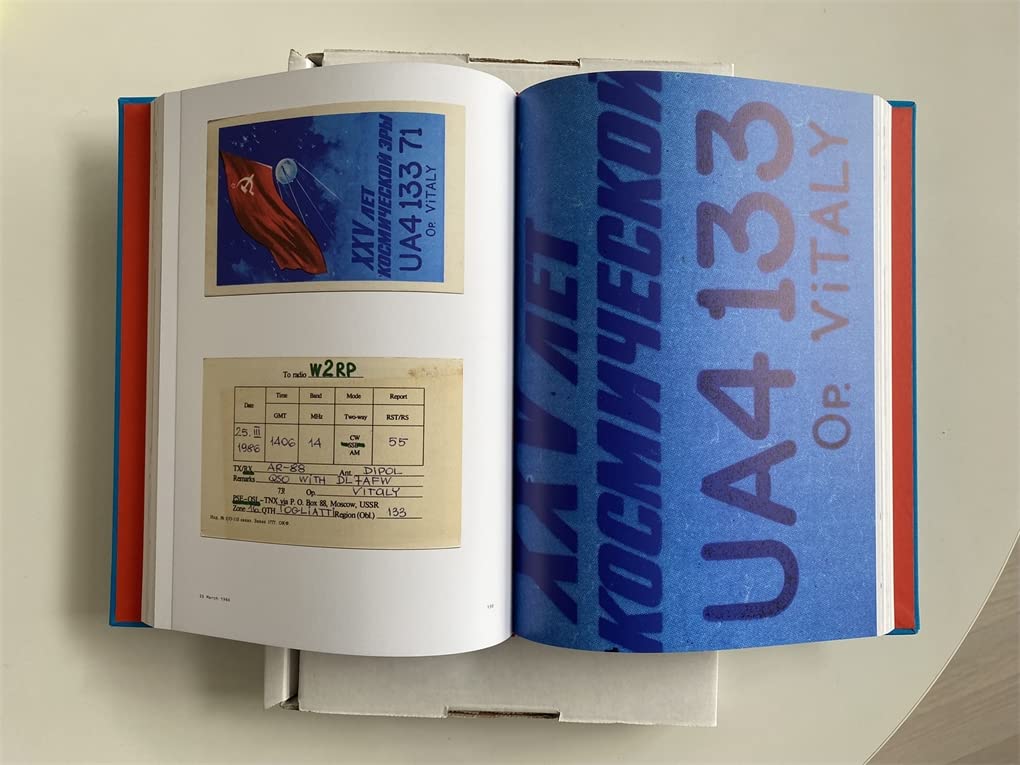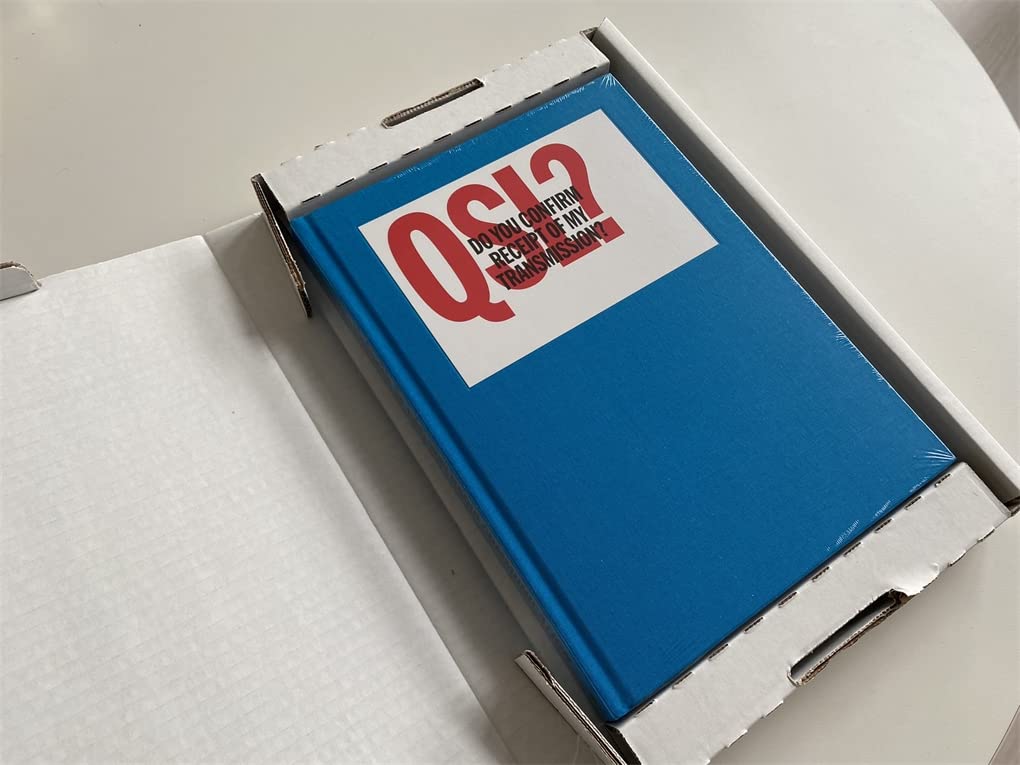中文简介:
自20世纪初发明以来,业余无线电爱好者和公民波段站之间的通信一直挤满了世界的电磁波谱。数以百万计的业余无线电爱好者形成了几乎可以被描述为早期的互联网——利用各种技术和频率将他们的声音、想法和人性投射到地球表面,使他们的电波在地球表面、电离层甚至月球上反弹。
任何通信网络都需要一种识别个人的方式。QSL卡片是两个业余无线电台或市民波段电台之间事先通信的书面确认——明信片大小,在用户之间邮寄。
“Do You Confirm Receipt of My Transmission”这句话源自Q简语。Q简语可以代表一个声明或一个问题(当代码后面有一个问号)。在这种情况下,“QSL?”(注意问号)意味着“你是否确认收到我的传输?”而“QSL”(没有问号)意味着“确认收到”。
就像今天的互联网头像一样,每个业余无线电爱好者有自己的风格,并经常使用他们的QSL卡片来彰显他们的个性。收集QSL卡片很受欢迎,它们是业余无线电爱好者的骄傲。
本书由布鲁克林设计出版社Standards Manual出版,讲述了QSL卡片的视觉历史,时间跨度大约从1960到1990年,以高分辨率展现了190多张卡片的正面、背面以及细节。这个系列构成了早期全球通信的视觉历史——我们现在认为这是理所当然的事情,但曾经是一个奇迹。今天,全世界有超过300万名持牌业余无线电爱好者。
英文简介:
Communications between amateur radio (AKA ham radio) operators and citizen band stations have been crowding the world's electromagnetic spectrum since its invention in the early 20th century. Millions of operators formed what could be almost be described as an early internet ― projecting their voices, ideas, and humanity around the earth's surface using various techniques and frequencies to bounce their waves around the earth's surface, off of the ionosphere, and even the moon.
Any communication network needs a way of identifying individuals. A QSL card is a written confirmation of prior communication between two amateur radio or citizens band stations―postcard sized and mailed between users.
Do You Confirm Receipt of My Transmission is derived from the Q code. A Q code message can stand for a statement or a question (when the code is followed by a question mark). In this case, 'QSL?' (note the question mark) means "Do you confirm receipt of my transmission?" while 'QSL' (without a question mark) means "I confirm receipt of your transmission."
Just like today's internet avatars, operators had their own style and often projected their personality using their QSL cards. Collecting cards was popular, and a source of pride to operators.
Published by Brooklyn-based design imprint, Standards Manual, Do You Confirm Receipt of My Transmission is a visual history of these cards, spanning from approximately 1960–1990. Over 190 cards are included, front and back, with high resolution details. The collection forms a visual history of early global communication ― something we now take for granted but was once a marvel. Today, there are over 3 million licensed radio operators worldwide.
